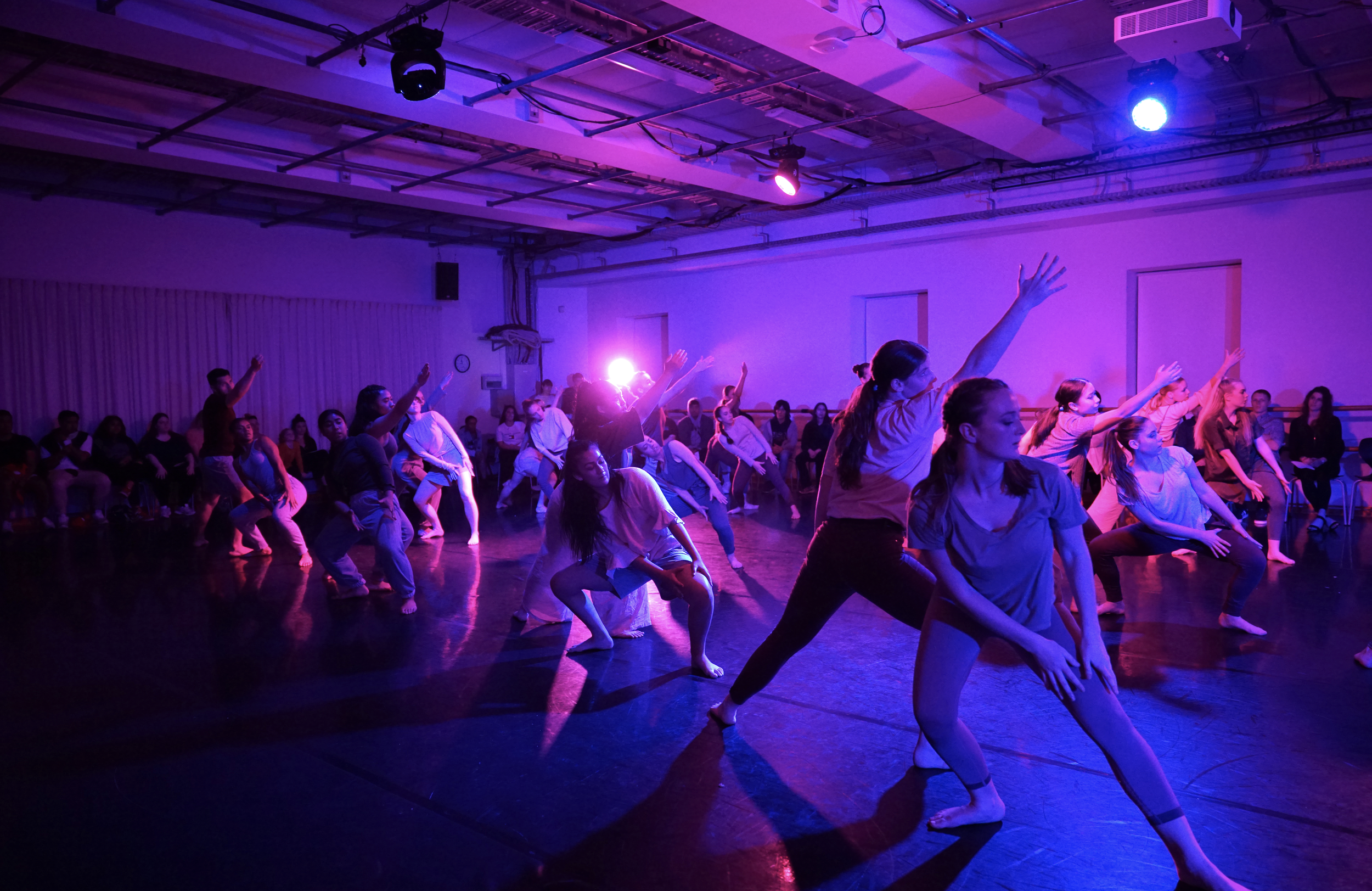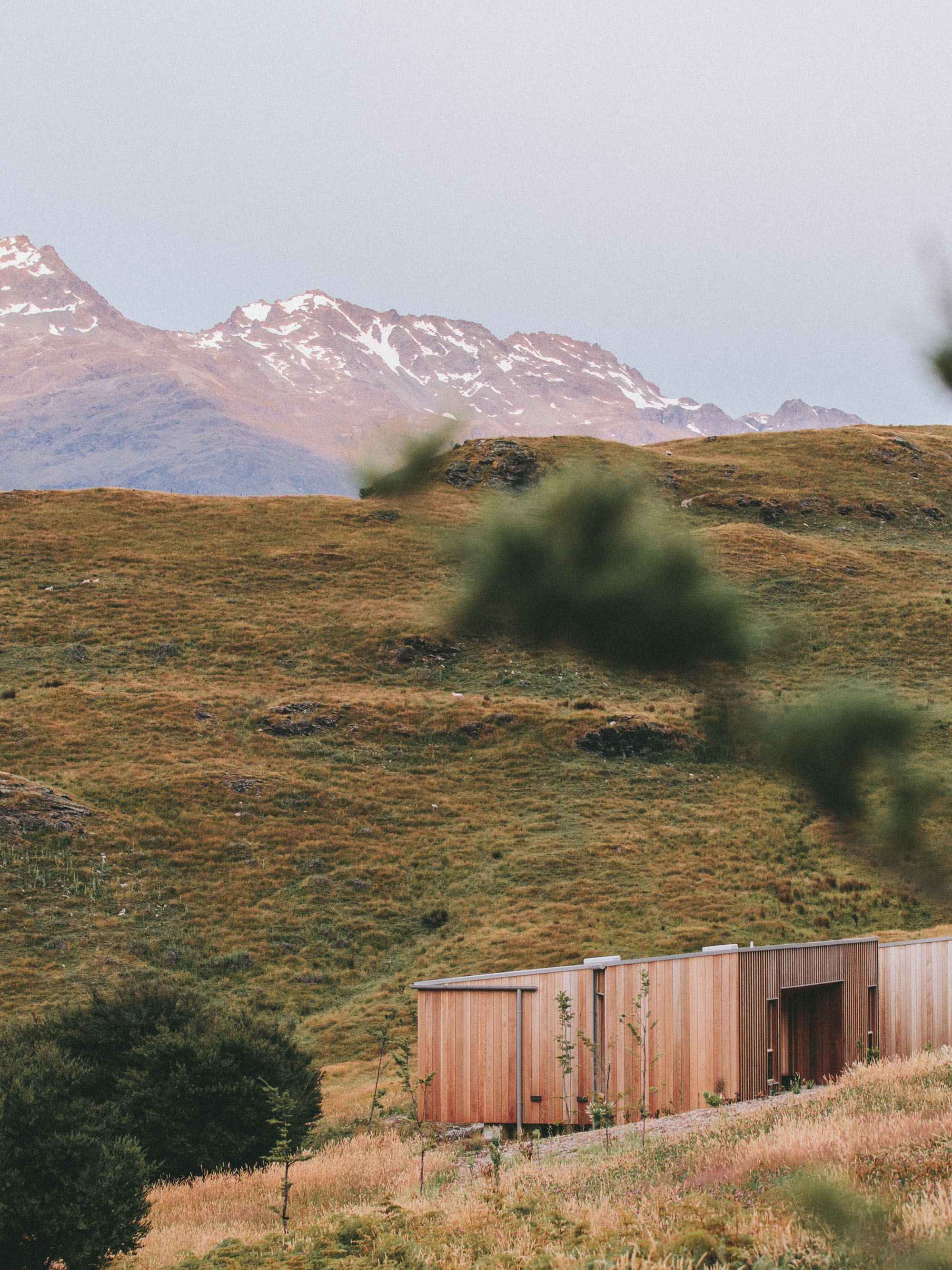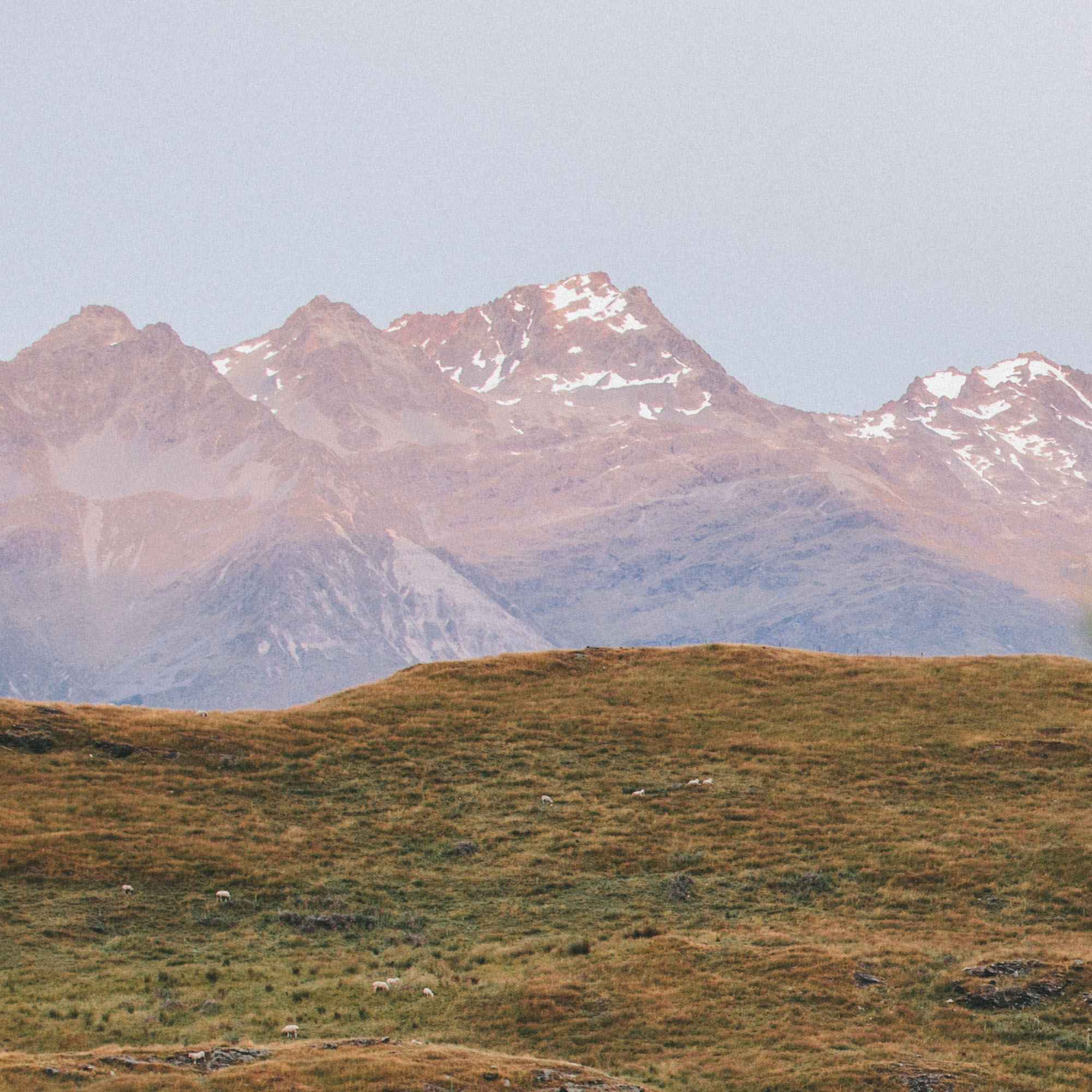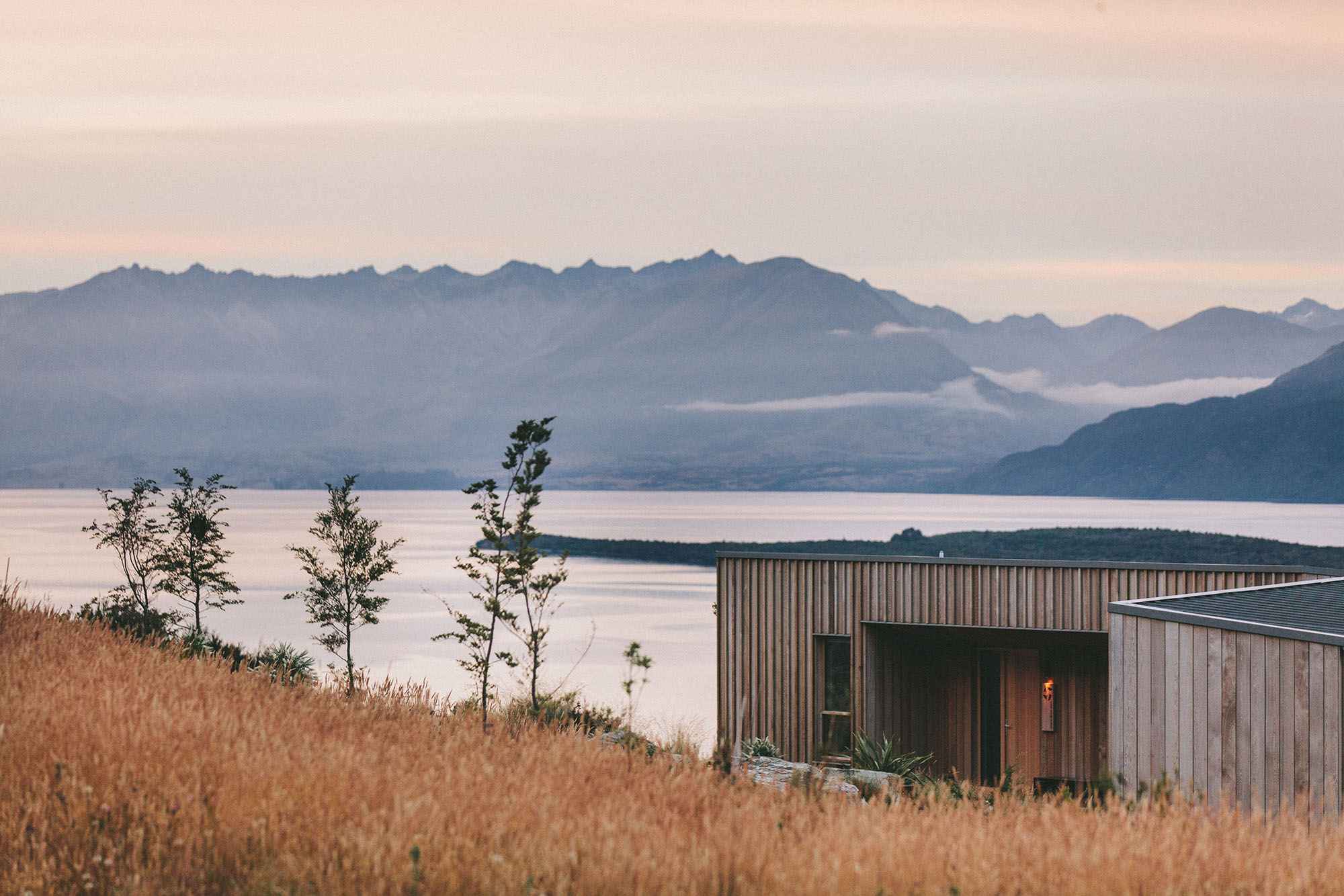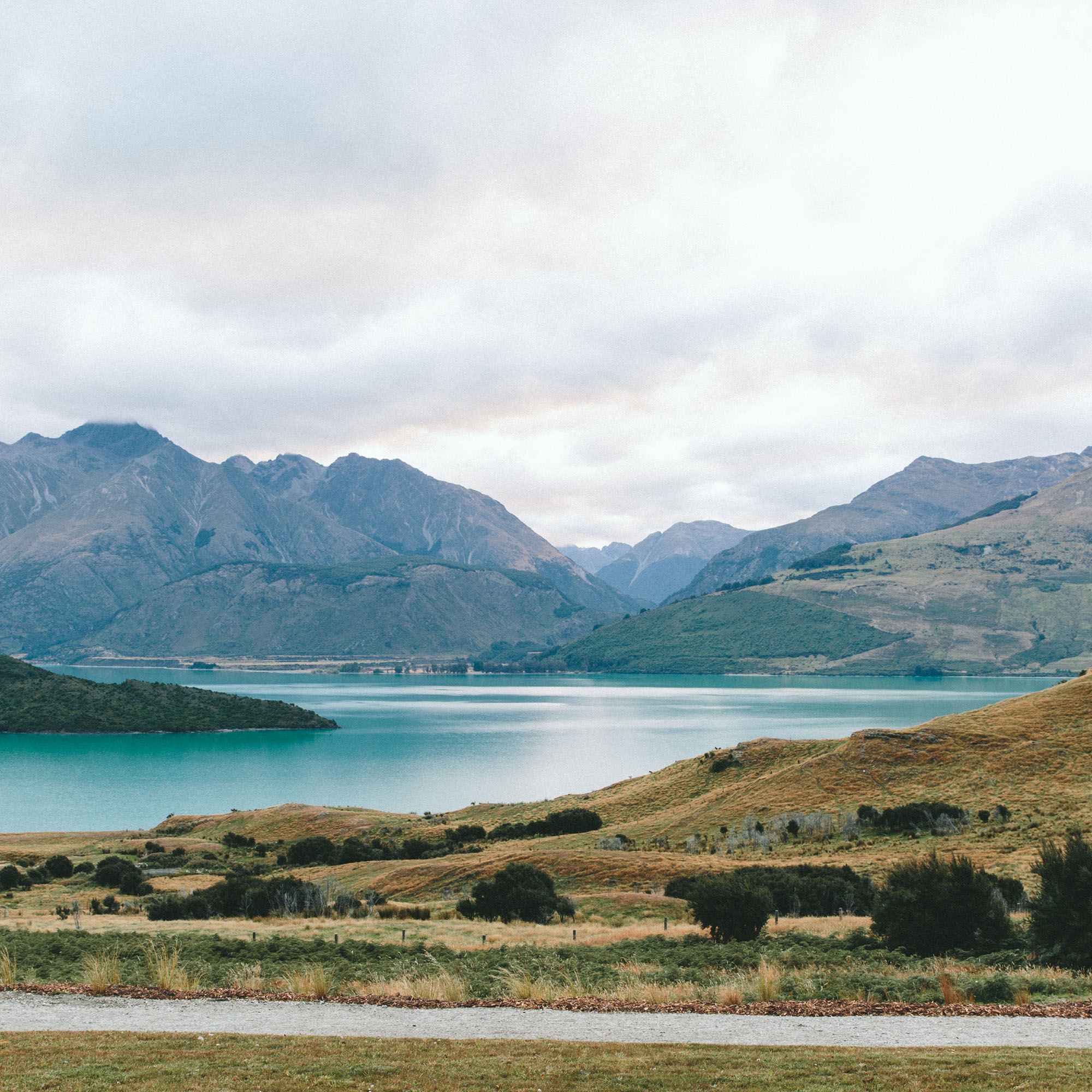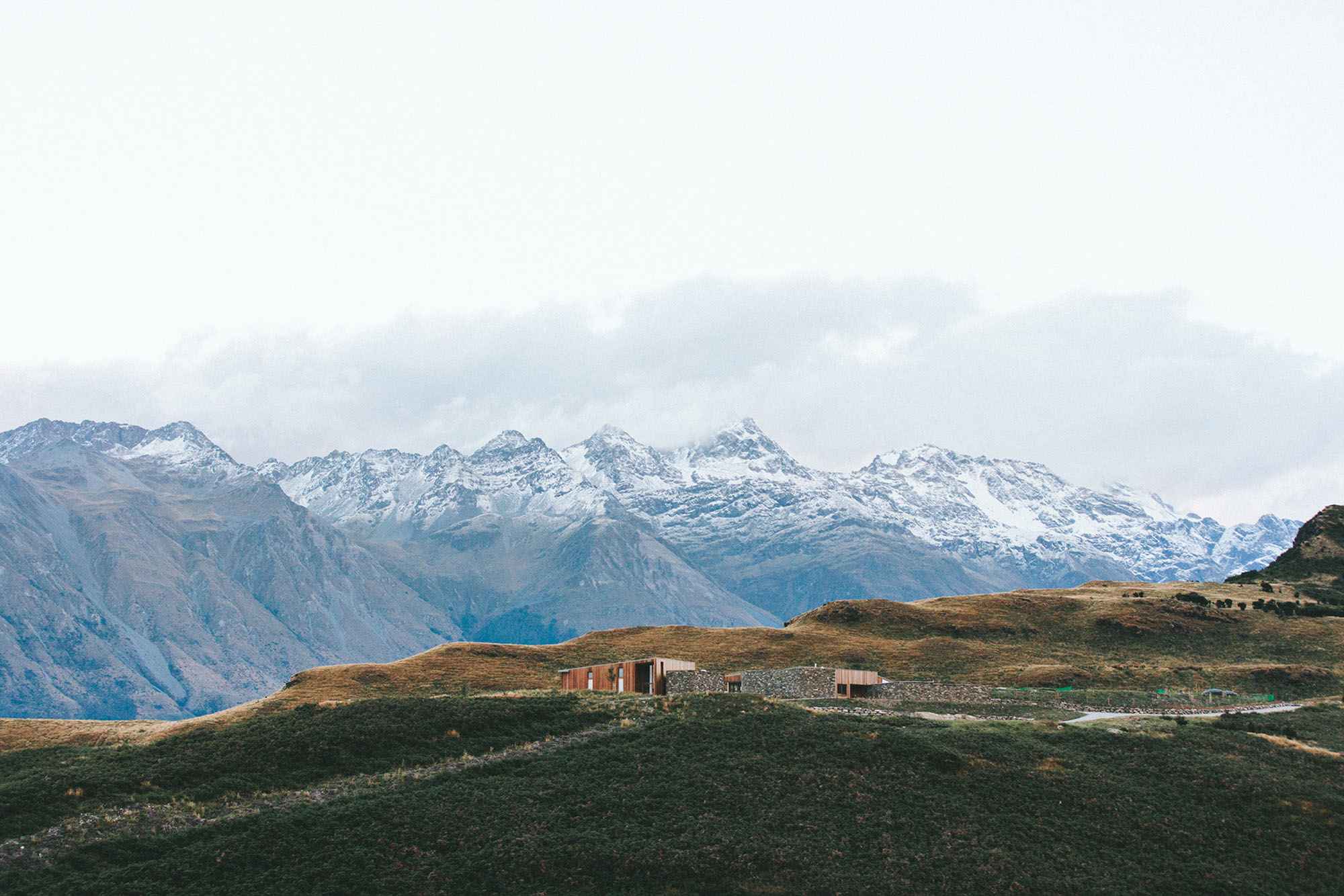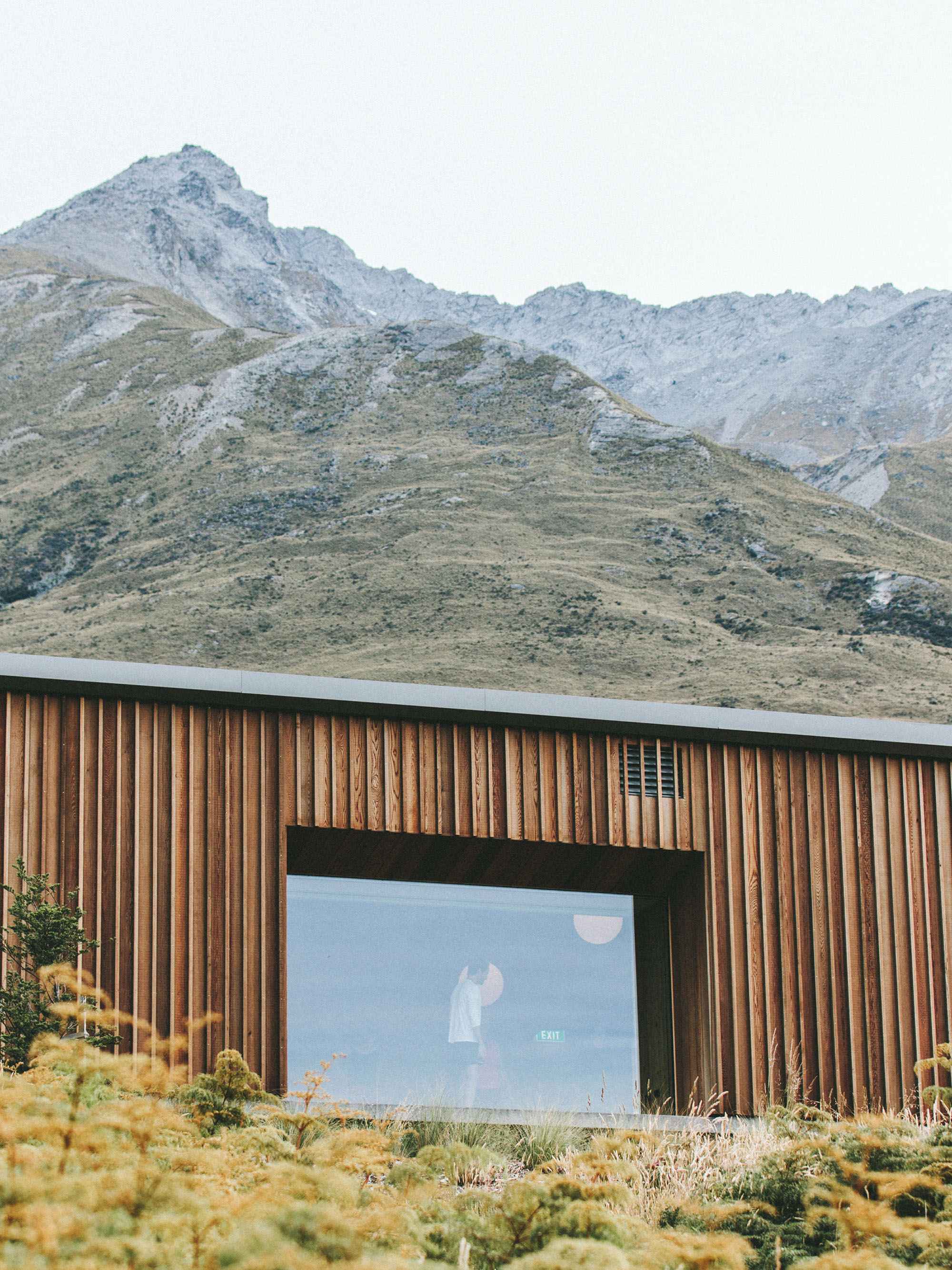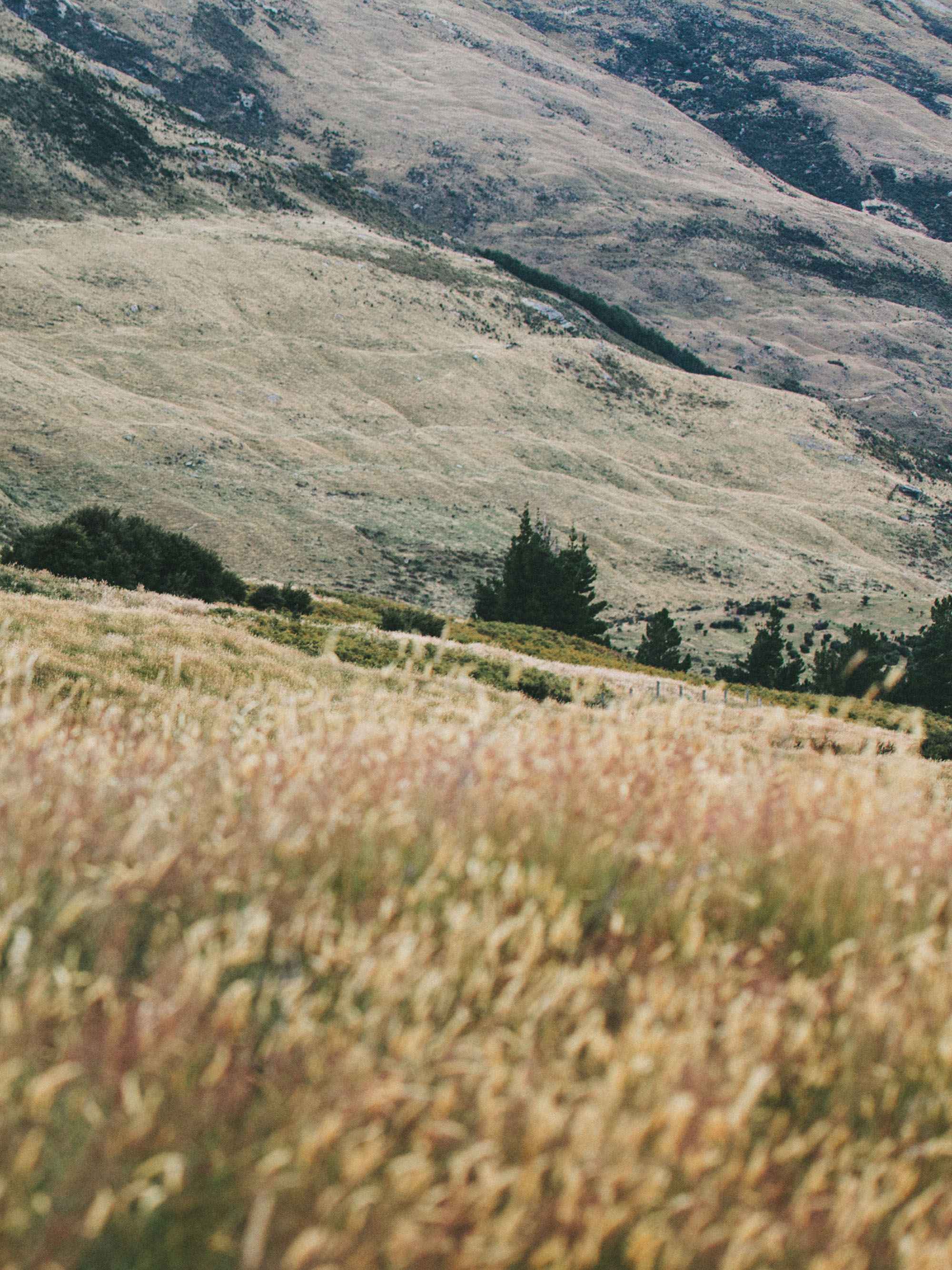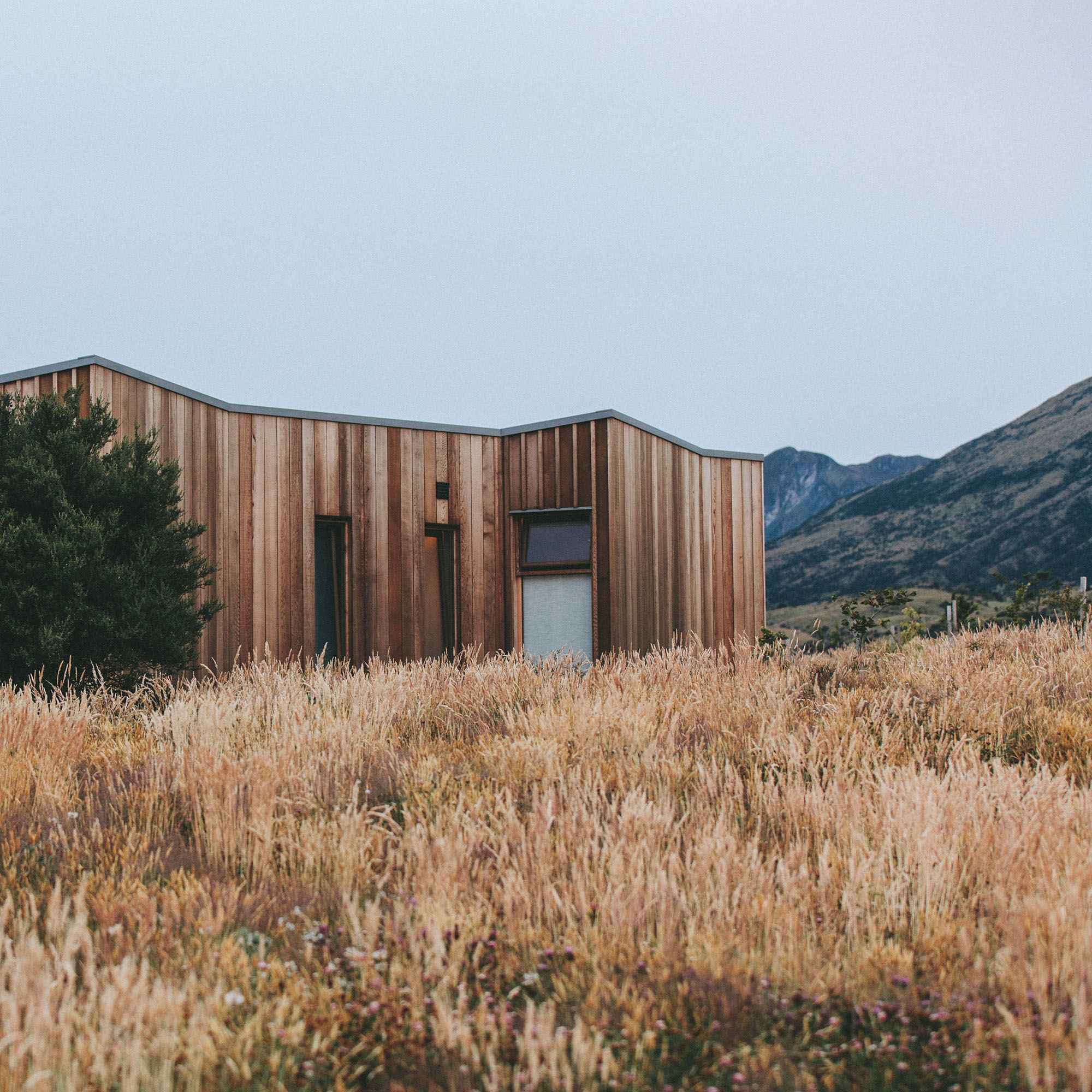CHOREOGRAPHY
Between There and Now was the winner of the 2017 Royal New Zealand Ballet’s Harry Haythorne Choreographic Award.
'Between There and Now' explores how we connect, or disconnect, across time and space.
Performers: Abigail Boyle, Felipe Domingos, Alayna Ng, Georgia Powley, Kirby Selchow, Loughlan Prior, Marie Varlet, Massimo Margaria, William Fitzgerald
Music: Rhian Sheehan
Filming: Jeremy Brick
First year choreography performances, Dance Studies, The University of Auckland
Petite Messe Solennelle
Petite Messe Solennelle (Rossini) presents an epic and curious score to explore through movement in the grand expanse of St Matthew-in-the-City. The choreographic direction engaged ideas of ritual, procession, service and community that might be found in the sacred space of the church, combined with hints (and sometimes lashings) of the drama and theatricality of opera. Through spatial formations, pathways and pedestrian actions we aimed to capture elements of humour, spice and glory within the score, and to present to audience members a new experience of the Auckland Chamber Choir, that echoed around, within and through both bodies and spaces. This work was created and performed in 2017.
Choreography: Sarah Knox
Performance: Auckland Chamber Choir
Conductor: Dr. Karen Grills
Disarming Dissent was commissioned by Footnote NZ Dance in 2016. It was performed in theatres across New Zealand in Footnote's 2016 NOW season.
United we attempt to make ourselves heard. Disarming Dissent questions what we do with the fight within us.
Dancers: Jeremy Beck, Brydie Colquhoun, Emma Dellabarca, Jared Hemopo, Lana Phillips. Special thanks to Amelia McCarthy for her contributions to our process.
Music composition: Rowan Pearce
Photo: Caroline Aitkinson
“Ms Knox brings a pleasing symmetry to her vocabulary of movement that is consistent and well-designed as if laying the foundation for potential future deconstruction and diffusion of the movement motifs. She illustrates through unison group movement that unity is necessary for the efficacy of dissent”.
- Jenny Stevenson, DANZ Magazine, 2016
“[Knox’s] choices are simple, clear and effective. As the lost and directionless dancers muster into the centre of the stage, the light comes up on the audience, perhaps to expose us, to shake us out of our comfort zone, perhaps it is a lighthouse or a signal to unify. The work is based around a chorus performing a rhythmically stylised, constantly shifting ready-for-action boxer's stance, with solos and duets emerging from the group. This is some of the most engaged dancing in the programme. The solos have real oomph and I find myself thinking, […] , that the act of achieving hard partnering brings the dancers' focus into the space in a way that I associate with a charismatic presence.
- Paul Young, Theatreview, 2016
“The thought-provoking Disarming Dissent, by Sarah Knox, opens under a dramatic wash of camouflage lighting that instantly sets a war-like mood […]. Minutes later lighting also creates an under-canvas spirit of cohort and rebellion. A pumping soundtrack explodes in the rhythms of war and the choreography is all about angles and anger and aggressive action. Until there a subtly wrought change emerges. Shoulders relax and release some of their load. Limbs lengthen.”
- Bernadette Rae, NZ Herald, 2016
“The final piece was perhaps the most powerful, or moving […] Disarming Dissent, by Sarah Knox, had a thumping soundtrack that felt like a heartbeat and gave an urgency to the movement. The dancers seemed most attuned to each other in this piece and there was an elegance in the way they moved and disappeared in the haze and lighting, at times camouflaged and, at others, reminiscent of prison bars”.
- Hannah Molloy, Theatreview, 2016
In the Face of Uncertainty
"My tomorrow is filled with uncertainty and fear. On the road, my head is in the clouds, and I give thanks to the unknown, as I blindly give myself up to destiny" (Mahamadou Dangnui)
Performed in PRIME, Tempo Dance Festival 2015 Q Theatre, Auckland, New Zealand
Choreographic direction: Sarah Knox
Choreographic content and performance: Tallulah Holly-Massey, Jessie McCall, Lisa McLaughlan, Julie Van Renen, Tori Manley, Laura Oude Wansink
Special thanks to Tempo for the video.
“In The Face of Uncertainty was a beautifully lit group work directed by Sarah Knox, set to amorphous sound scores from Lawrence English, focusing attention on a group of six dancers moving fitfully and in a restrained manner much of the time, restlessly changing position within the cluster of bodies. It had a moody, understated, meditative feel, and seemed in some mysterious way to be suspended between space and time, going nowhere.”
- Raewyn Whyte, DANZ, 2015
“Six female dancers make their way across a dimly lit stage, moving in a group for much of the piece. There is a sense of conformity and collectiveness as they move almost perfectly in unison. Occasionally, one will break away, finding her own movement and direction, before coming back to the path again, sometimes affecting the style and rhythm of the collective movement. There's something almost meditative about the steady progress and sometimes repetitive moment, but the irregular breakouts and odd quirks keep it from being monotonous. Instead, In the Face of Uncertainty draws the audience into its rhythm, remaining somewhat restrained even as the dancers break into pairs and find another movements for a short time. In the end, they are back in their group, the expressive climax never quite coming. Technically good, the performance is beautiful but very measured and contained”.
- Roxanne de Bruyn, Theatreview, 15 Oct 2015
Still, In The Face of Uncertainty
This was a redevelopment of the work In the Face of Uncertainty. It was re-choreographed for new dancers, for ‘Hatch’, at Dance Nucleus in Singapore in 2016. It was performed at the Goodman Arts Centre.
Choreography: Sarah Knox
Performance: Sherry Tay, Dorisa Chan, Phyllis Xie
Music: Lawrence English
Images: Bernie Ng
Insanely In Love
Insanely in Love (2016) was a 25 minute choreography for 30 singers (Auckland Chamber Choir) and 5 dancers (Dance Studies, University of Auckland). This was exciting collaboration between the School of Music and Dance Studies Programme, exploring Johannes Brahms' beloved works: Zigeunerlieder, Op. 103 and Liebeslieder Walzer, Op. 52. Johannes Brahms' Liebeslieder Walzer, Op. 52 score presents a diverse and vibrant selection of songs that are begging for choreography. This unique project allows the Auckland Chamber Choir to work with professional dancers and feel the music of Brahms come to life in movement.
Choreography: Sarah Knox
Conductor: Dr. Karen Grills
Realm
Realm was a 12 minute choreography made for 14 student performers from Dance Studies at The University of Auckland. It was performed in schools around China in 2016. Realm was created to deliberately challenge the students’ contact partnering skills, musicality and experience working with complex rhythmical structures. The students were also challenged to shift formation quickly and accurately. The work was created to be extremely adaptable to different sized stages, from very tiny to extremely large.
Choreography: Sarah Knox
Performance: Third year Bachelor of Dance Studies students, The University of Auckland
Things We Didn’t Say
This 25 minute work was created for Yes, No, Maybe? for Wellington Freelance Dancers Collective for the 2012 New Zealand Fringe Festival. It was performed at Bats Theatre. It explored the things we dare not say, and perhaps regret not saying.
Choreography: Sarah Knox
Performance: Wellington Freelance dancers
“Things We Didn't Say choreographed by Sarah Knox, appears [...] self assured, possessing a successful authentic edge with a cohesive connection. A mature, carefully thought out message with attention to detail and emotion is conveyed. There is good communication between the work, the dancers and the audience [...] Daring phrases with a strong impact are both written and spoken, along with a strong contemporary dancing physicality”.
- Greer Robertson, Theatreview, 22 Feb 2012
Apolymuse
This 12 minute work was created for Footnote New Zealand Dance in 2010. It was performed around New Zealand and in Brisbane, Australia. Apolymuse explored the ‘inner world’ and how relationships evolve within our imaginations.
Choreography: Sarah Knox
Music: Francesca Mountfort
Dancers: Jeremy Poi, Anita Hunziker, Robbie Curtis, Lucy Marinkovich
And Yet You Were a Leaf
This one hour durational site-specific solo work was created on Koro Island, Fiji., in 2011. Key performance sites were a lawn, the beach, pathways, and a chicken coup. The work was a response to the poem ‘A woman mourned by daughters’ by Adrienne Rich.
Choreography and performance: Sarah Knox
If I dance for you
If I dance for you was a short site-specific dance work created for beach and sea. It was performed on Koro Island, Fiji in 2011. The work explores ideas of identity as a dancer and woman and how these can be ‘washed’ away, renewed and transformed as a career shifts and changes.
Choreography and performance: Sarah Knox
Masi Score
Masi Score was a series of site-responsive rituals designed to provoke improvised movement responses for performance. The Score was used on Koro Island, Fiji in 2011. The Score utilised a Fijian Masi cloth as its base, creating a ‘stage’ or boundary for improvised sections of choreography, as well as a choreographic problem that the dancers needed to solve as they transported the Masi to each location/new provocation.
Created by Sarah Knox
Performed by: dancers from Dance Studies (The University of Auckland) and VOU Dance Company (Fiji).
Ice Dance
Ice Dance was created in 2011 as a solo choreographic response to an interview with my father about his experiences with water growing up, and becoming passionate about sailing and the ocean. The piece was performed in a cold bathroom cubicle and involved approximately 30 large ice slabs which melted throughout the performance.
Choreography and performance: Sarah Knox
Homage to Zeami Motokiyo
This solo work was created through a research process investigating Zeami Motokiyo’s (1363-1443) influences on Nihon Buyo (traditional Japanese dance) through the development of Noh Theatre. The creative process drew on personal experiences of learning Nihon Buyo in Atami, Japan in 2005-2006. The work was performing on the peir and beach of Koro Island, Fiji in 2011.
Choreography and performance: Sarah Knox
Kakushi Aji
Kakushi Aji, meaning ‘secret ingredient’, explored personal experiences of living in Japan and observing the nuances of every day life. Key research ideas were: movements from the Nihon Buyo vocabulary (traditional Japanese dance) and surrounding context of lessons, the arduous experience of binding a kimono around the body, meeting, greeting and gift giving, subtlety and sexuality within Japanese culture, public/private face, and exercising restraint. This 10 minute work was performed around New Zealand by Footnote New Zealand Dance in 2008.
Choreography: Sarah Knox
Music: Francesca Mountfort
Dancers: Anita Hunziker, Erynne Mulholland, Hannah Elks and Sarah Knox
"Kakushi Aji (secret ingredient) is a tender delicate gem [...] a particularly beautiful solo by Knox with traditional fan and a clever use of a traditional bow"
• Lyne Pringle, Theatreview, 1 May 2008
"Sarah Knox found wonderful rich source in her material. I was quite honestly thrilled to see the different levels that which were being sustained through that work. There were such interesting ideas feed in and pasted right, you’d have to say top marks to a young choreographer with a debut of that success. Sarah Knox’s “Kakushi Aji” is a little jewel, a little treasure.
• Jennifer Shennan, Radio New Zealand, Arts on Sunday, 4 May 2008
Into The Looking Glass
This duet work was a 50 minute performance created for the New Zealand Fringe Festival in 2010. The piece took Lewis Carols book Through The Looking Glass as an initial stimulus to provoke the creation of a world were fantasy and reality were blurred. The dance studio at Footnote New Zealand Dance (Wellington, New Zealand) was transformed into a tea lounge for a sold out audience.
Choreography and performance: Sarah Knox and Anita Hunziker
“As if Footnote Dance company doesn't work hard enough already, two of its members have found the time and energy to create and perform a new dance theatre piece which draws on their complementary skills and experience. […] Loosely based on Lewis Carroll's Through the Looking Glass, Anita Hunziker and Sarah Knox use a mix of theatre, contemporary dance, spoken verse and text, to explore - not the story of Alice in Wonderland - but their own stories and emotions, including fear and frivolity, ambition and angst. Even before the performance begins, I am charmed by the red petals strewn over the Footnote Studio stairs and the Victorian drawing room atmosphere of the transformed studio complete with lace doilies, tasselled lampshades and patterned wallpaper. The two dancers seem completely at ease as they serve their expectant audience (seated at tables or on comfy sofas) piping hot tea in delicate china cups. Into the Looking Glass consists of a series of scenes delineated by the dancers manipulating the lighting by switching lamps on and off and blowing out candles. In the opening ritualised tea party, the seated dancers fasten themselves into long red and blue satin skirts which tie them to one spot, yet tier up like a wedding cake when they stand on top of their chairs to create a delightful Carrollian surrealism. Whether pouring tea, stirring in sugar or eating cupcakes, the slow motion, stylised movements create an atmosphere of restrained decorum, a confiding spiced with gossip. I particularly like the recurring motif of one arm passing in front of the face and encircling the head before being lowered to the side, as if to punctuate a secret conversation. In the second scene, the dancers inform the audience of their supposed physical defects for dancing, then move into a pure dance sequence beginning with ballet exercises and port de bras and developing into innovative contemporary vocabulary. It is beautifully danced, in near perfect sync. A frenetic card-trick scene (which may have been drawn from Knox's experience as a magician's assistant in Japan), is largely lost on me, but features a seductive Queen of Hearts, little Alice in her white frock and black (super high-heeled) shoes, and a very real White Rabbit. Knox brings a compelling intensity to her solo exploration of fear and depression. Dressed in a black pant suit and sleeveless top, she dances out despair, her sharp twists and contractions panicking her into swinging two heavy leather shoulder bags to good effect. […]. When the candles are finally blown out and the last (recorded) poem read - Life, what is it, but a dream? - I find myself feeling a little bemused. But maybe this is an entirely suitable response to a work drawn from a book written by a 19th century author who chose to use a pseudonym, and who doubled as a lecturer in mathematics and a pioneer amateur photographer. As an exploration into the blurry line between dreams and reality, Into the Looking Glass engages with its imaginative design, interesting choreography and clean, expressive dancing.”
• Jo Thorpe, Theatreview, 8 Feb 2009








